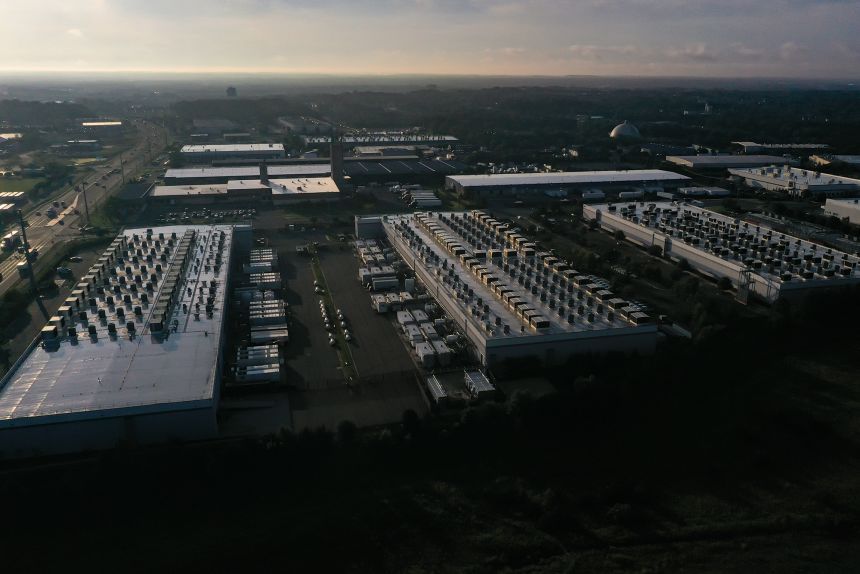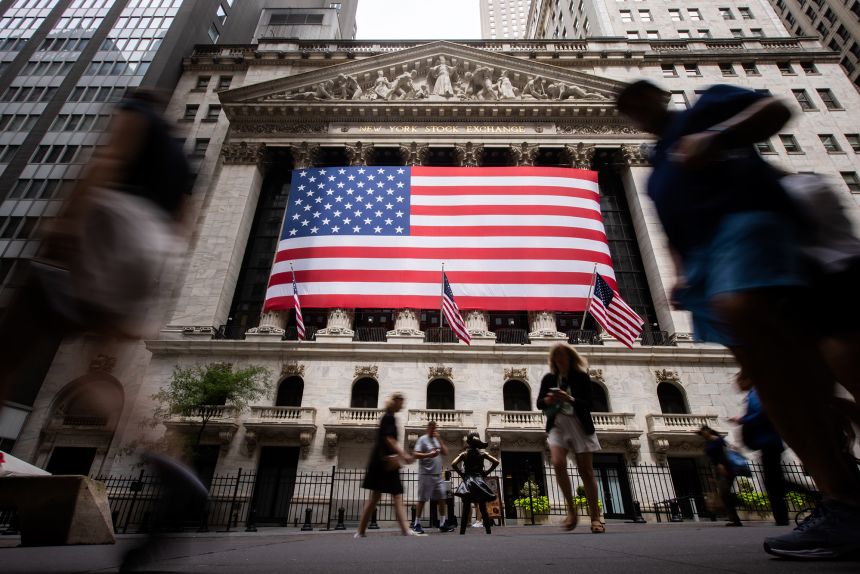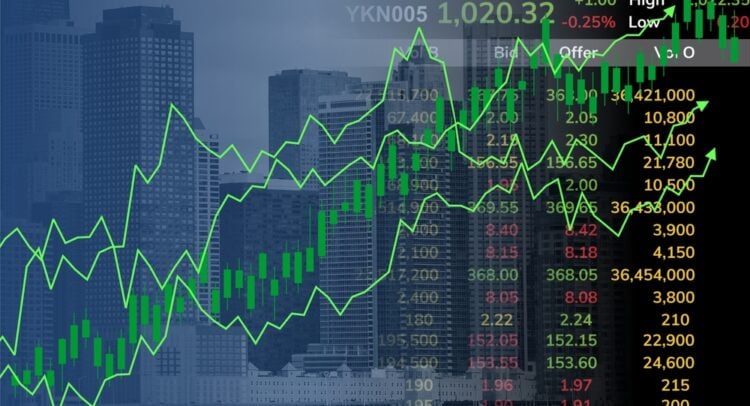New York
—
Enthusiasm about artificial intelligence has propelled markets to record highs this year. But the fierce ascent has also raised concerns about a bubble.
AI has been the dominant theme in markets since 2022, when OpenAI first launched ChatGPT. Optimism has since spread among investors about a potential transformative AI boom, and enormous amounts of money have flowed into tech stocks. Valuations have risen to historically expensive levels.
To some analysts, those are red flags that the market might be in a bubble — when investors bid up stock prices beyond what they’re worth, creating an unsustainable rally that often results in a significant downturn, as seen during the dot-com bubble that burst in 2000.
Big tech companies like Meta (META), Microsoft (MSFT) and Amazon (AMZN) have spent hundreds of billions of dollars on data centers and infrastructure to build out and power AI, and have earmarked hundreds of billions of dollars for more spending.
These companies’ earnings results continue to impress Wall Street, supporting elevated valuations and the rally in stocks. Yet concerns are growing about whether it is sustainable and what the fallout might be if there is a significant drop in stocks.

“Fired up by optimism about the productivity-enhancing potential of AI, global equity prices are surging,” Kristalina Georgieva, managing director of the International Monetary Fund, said in a speech on Wednesday.
“Today’s valuations are heading toward levels we saw during the bullishness about the internet 25 years ago,” Georgieva said. “If a sharp correction were to occur, tighter financial conditions could drag down world growth.”
Concerns about a potential bubble intensified in recent weeks as AI stars like Nvidia and OpenAI announced deals with circular financing that raised eyebrows that the top players might be propping up the market.
The rise in valuations and emergence of circular financing are among aspects that “rhyme with previous bubbles,” according to strategists at Goldman Sachs.
“While it appears we are not in a bubble yet, high levels of market concentration and competition in the AI space suggest investors should continue to focus on diversification,” the strategists said in a note.
Despite concerns, anything related to AI has been in high demand. OpenAI on Monday announced a new deal with chip company Advanced Micro Devices (AMD), sending AMD’s shares soaring almost 24%.
The rally has drawn comparisons to the dot-com bubble. However, investors said there is a key difference: Big Tech companies now are actually profitable and delivering strong earnings results.
“Unlike the 1990s tech bubble that featured soaring stocks from unprofitable early-stage companies, strong mega-cap company earnings are driving this year’s rally,” Eric Freedman, chief investment officer at US Bank Asset Management, said in a note.
Mike Mullaney, director of global markets research at Boston Partners, said the market is signaling “bubble light” territory. He said investor sentiment has not yet reached the levels of exuberance that would signal the market is at the peak risk levels.
“Valuations, positioning and flows are all certainly signaling that we’re in bubble light territory, but sentiment has just not got there yet,” Mullaney said. “And so this thing could still run.”
AI’s growing influence on the S&P 500
Big Tech is an increasingly influential part of the S&P 500, which is weighted by companies’ market value. As AI-related stocks have carried the market to record highs, they have also become a more significant part of people’s 401(k) retirement plans.
While the rapid growth of tech stocks lets individual investors and people saving for retirement take part in companies’ gains, it leaves people vulnerable to a potential extended drawdown if a bubble bursts.

Just seven stocks — Alphabet (GOOG), Amazon, Apple (AAPL), Meta, Microsoft, Nvidia (NVDA) and Tesla (TSLA) — have accounted for 55% of the S&P 500’s gains since the end of 2022, according to Howard Silverblatt, senior index analyst at S&P Dow Jones Indices.
The Bank of England on Wednesday said the risk of a sharp downturn in the stock market has increased.
“On a number of measures, equity market valuations appear stretched, particularly for technology companies focused on artificial intelligence,” the bank said in a quarterly report.
“This, when combined with increasing concentration within market indices, leaves equity markets particularly exposed should expectations around the impact of AI become less optimistic,” the bank said.
In 1996, then-Federal Reserve Chair Alan Greenspan famously asked whether “irrational exuberance” might be taking hold in financial markets.
While Greenspan warned that the stock market could be running too hot on emotion, the dot-com bubble peak did not happen until four years later in 2000.
Federal Reserve Chair Jerome Powell on September 23 said stocks are “fairly highly valued,” drawing comparisons to his predecessor’s comments 30 years ago.
Ed Yardeni, president of Yardeni Research, said in a note: “Is the stock market back on the road to the same irrational exuberance that inflated the Tech Bubble of 1999, which was followed by the Tech Wreck of the early 2000s? Perhaps.”
“However, the S&P 500 has been driven to new highs this year by better-than-expected earnings,” Yardeni said. “We are still targeting the S&P 500 to get to 7,700 by the end of next year.”
Source link


